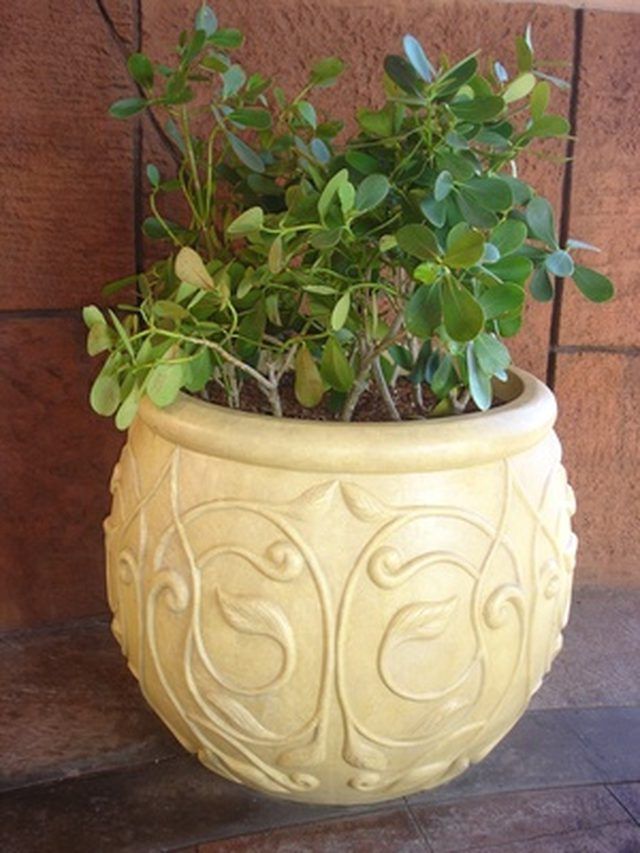Bulbs
Flower Basics
Flower Beds & Specialty Gardens
Flower Garden
Garden Furniture
Garden Gnomes
Garden Seeds
Garden Sheds
Garden Statues
Garden Tools & Supplies
Gardening Basics
Green & Organic
Groundcovers & Vines
Growing Annuals
Growing Basil
Growing Beans
Growing Berries
Growing Blueberries
Growing Cactus
Growing Corn
Growing Cotton
Growing Edibles
Growing Flowers
Growing Garlic
Growing Grapes
Growing Grass
Growing Herbs
Growing Jasmine
Growing Mint
Growing Mushrooms
Orchids
Growing Peanuts
Growing Perennials
Growing Plants
Growing Rosemary
Growing Roses
Growing Strawberries
Growing Sunflowers
Growing Thyme
Growing Tomatoes
Growing Tulips
Growing Vegetables
Herb Basics
Herb Garden
Indoor Growing
Landscaping Basics
Landscaping Patios
Landscaping Plants
Landscaping Shrubs
Landscaping Trees
Landscaping Walks & Pathways
Lawn Basics
Lawn Maintenance
Lawn Mowers
Lawn Ornaments
Lawn Planting
Lawn Tools
Outdoor Growing
Overall Landscape Planning
Pests, Weeds & Problems
Plant Basics
Rock Garden
Rose Garden
Shrubs
Soil
Specialty Gardens
Trees
Vegetable Garden
Yard Maintenance
How to Leach From Potted Plants
How to Leach From Potted Plants. Potted plants have different requirements than those grown in the ground. One condition that occurs with potted plants is salt buildup in the soil. If potted plants are not watered enough, minerals from fertilizer remain in the soil and build up over time. This is harmful to the plant and results in root or leaf...

Potted plants have different requirements than those grown in the ground. One condition that occurs with potted plants is salt buildup in the soil. If potted plants are not watered enough, minerals from fertilizer remain in the soil and build up over time. This is harmful to the plant and results in root or leaf burn. The process of leaching removes the harmful buildup of minerals from the soil.
Things You'll Need
Garden spade
Wooden blocks or bricks
Liquid plant fertilizer
Move the potted plant to an outdoor location, if it is not already. Examine the top of the soil in the pot to see if it has a white, crusty deposit, which is salt buildup. If salt deposit is visible, use a garden spade to remove the top 1/4 inch of soil from the pot.
Set the potted plant on top of wooden blocks or bricks so that the bottom of the pot is raised off the ground.
Determine the size of the plant pot and pour twice the amount of water through the pot. For example, if you have a 5-gallon pot, use 10 gallons of water. Pour a little water into the top of the pot and allow it to drain out of the bottom before adding more water.
Look at the color of the water that drains out of the bottom of the pot. If it is clear when you add the last of the water, the plant has been properly leached. If the water is still brown, pour additional water into the top of the pot until it runs out clear.
Allow the plant to drain for ten to 15 minutes and then apply an all-purpose liquid plant fertilizer to the soil.
Tips & Warnings
Leach potted plants once every four to six months.
It is extremely important to fertilize the plant immediately after leaching, as the water removes most of the nutrients from the soil.